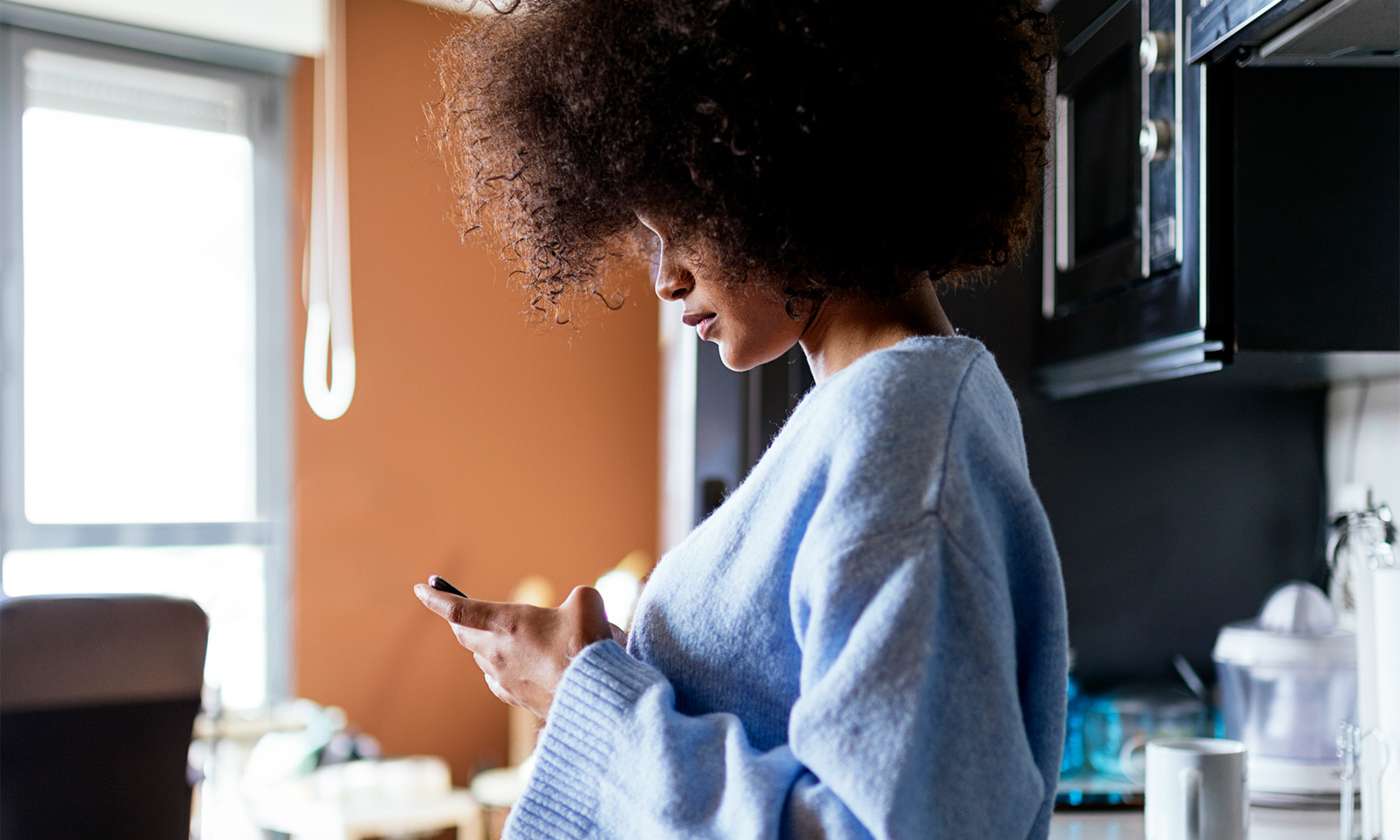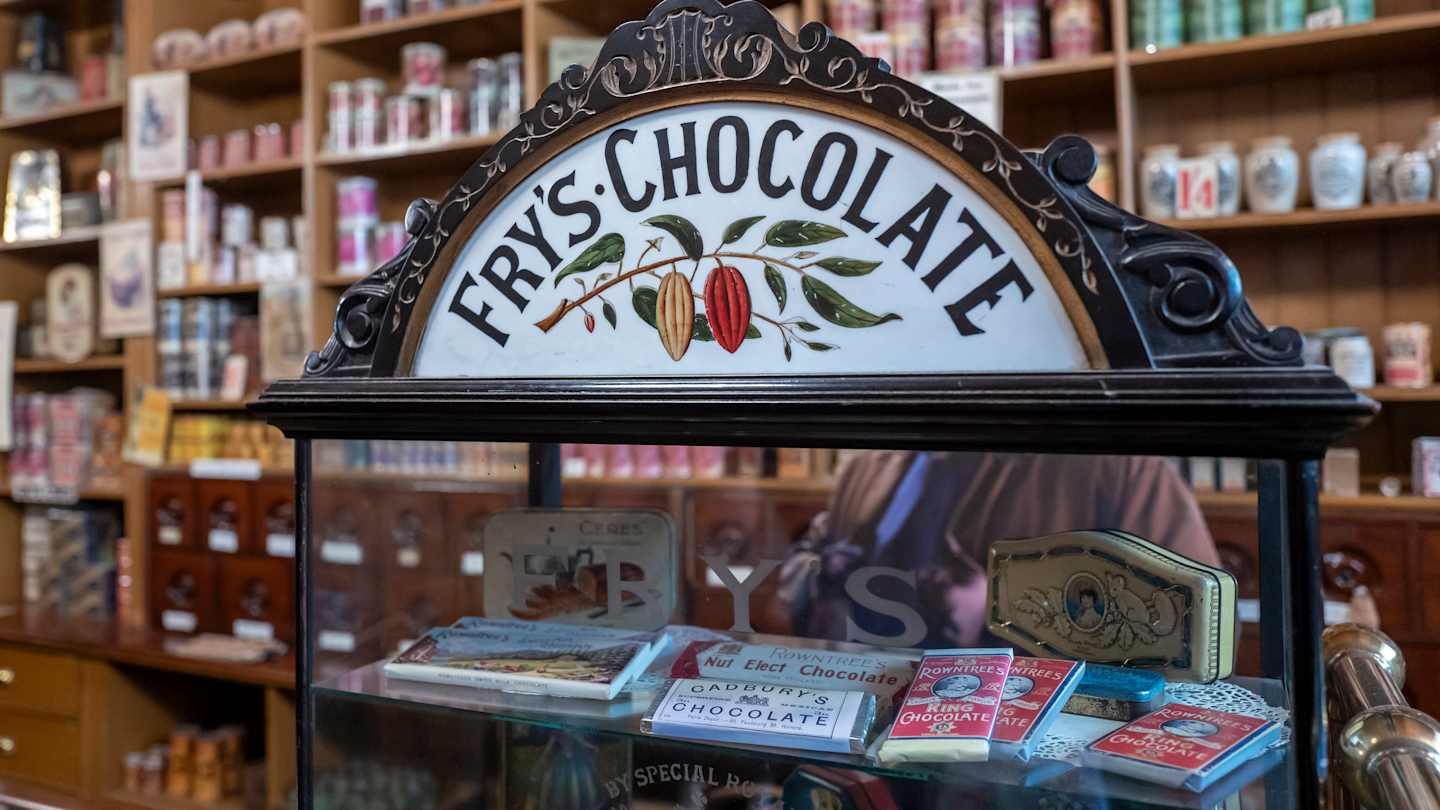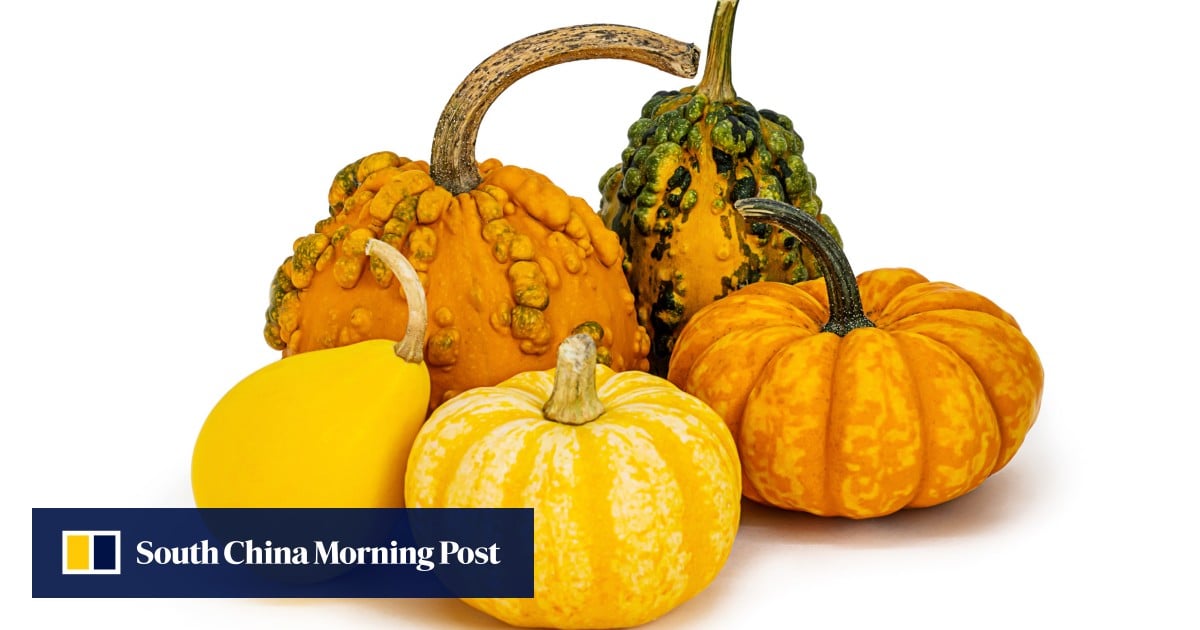The revolutionary chatbot developed by OpenAI, ChatGPT, celebrated its first year anniversary in November 2023. However, its celebratory vibe is slightly overshadowed by the fear it evokes among nutritionists who predict that it may render them obsolete.
The curiosity of holistic nutritionist, Melissa Boufounos, was piqued as she decided to test just how well ChatGPT could devise a meal plan that suited her family’s dietary requirements, tolerances, and taste preferences.
ChatGPT is an advanced artificial intelligence application that humans can communicate with. People utilize it for various reasons, including brainstorming ideas, getting homework assistance, language practice, and casual conversations. To use it, users enter or relay their questions or thoughts, and it responds conversationally. An intriguing aspect of ChatGPT is its ability to discern and produce humanlike text.
In an experiment, Melissa asked ChatGPT to come up with a meal plan tailored for her physically active family, which includes two grown-ups and a toddler. She requested a meal plan for one week, which would comprise three meals and two snacks a day. Looking to cater to her family’s active lifestyle, Melissa stipulated that each meal should include a substantial amount of protein, carbohydrates and veggies with some healthy fats. Additionally, snacks were to combine a substantial amount of protein with a carbohydrate.
The chatbot asked Melissa to enumerate the existing supplies in her pantry, fridge, and freezer. It also required the particulars of their diet preferences and constraints, as well as their preferred cuisines. Following these, ChatGPT got started on designing a five-day comprehensive meal plan.
However, the meal planning process was not without its challenges. The chatbot initially recommended meals and snacks that were too low on critical nutrients like proteins and carbohydrates. Despite explicitly informing the bot of their active lifestyle and larger-than-average portion requirements, its first meal and snack suggestions were not up to par nutritionally; this required constant prompts for adjustments.
Another challenge was the time investment. What would typically require a mere 10-15 minutes of meal planning ended up being a 90-minute interaction with ChatGPT that yielded a meal plan that was still not entirely satisfactory.
Furthermore, the proposed meals lacked flavor and diversity, contradicting Melissa’s liking for Greek and Mexican cuisines. Instead, the meal suggestions were simplified and Westernized versions of foods from these cuisines.
The outcome indicated that while sophisticated, ChatGPT still has limitations. It made numerous errors, such as including allergen-triggering foods that were explicitly mentioned to be excluded. It failed to produce an ideal grocery shopping list and required a sound understanding of nutrition for the best results, as it might not yield the best outcomes for common consumers without a nutrition background.
Despite these setbacks, ChatGPT still showed some value. Its high efficacy in generating enlightening recipe ideas from a list of constituents was incredibly helpful. Thus, it might be beneficial for generating standalone recipes, particularly dinner ideas, which can later be utilized as lunch leftovers.
In conclusion, while this artificial intelligence tool is on the pathway to becoming highly innovative, it is not ready to take over professional nutritionists. Nutrition is an inherently personal matter, requiring human discernment and personalization that a chatbot might not be equipped for at the moment. Therefore, while ChatGPT showcases a promising future with its potential, it currently stands as a tool that could offer beneficial nutrition insights rather than a replacement for registered dietitians.



